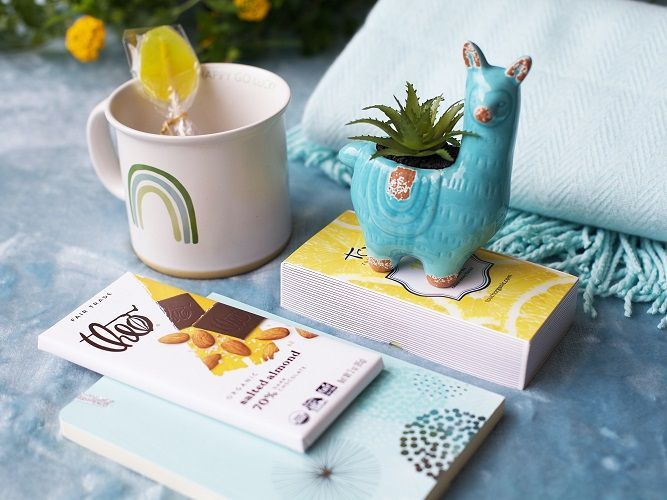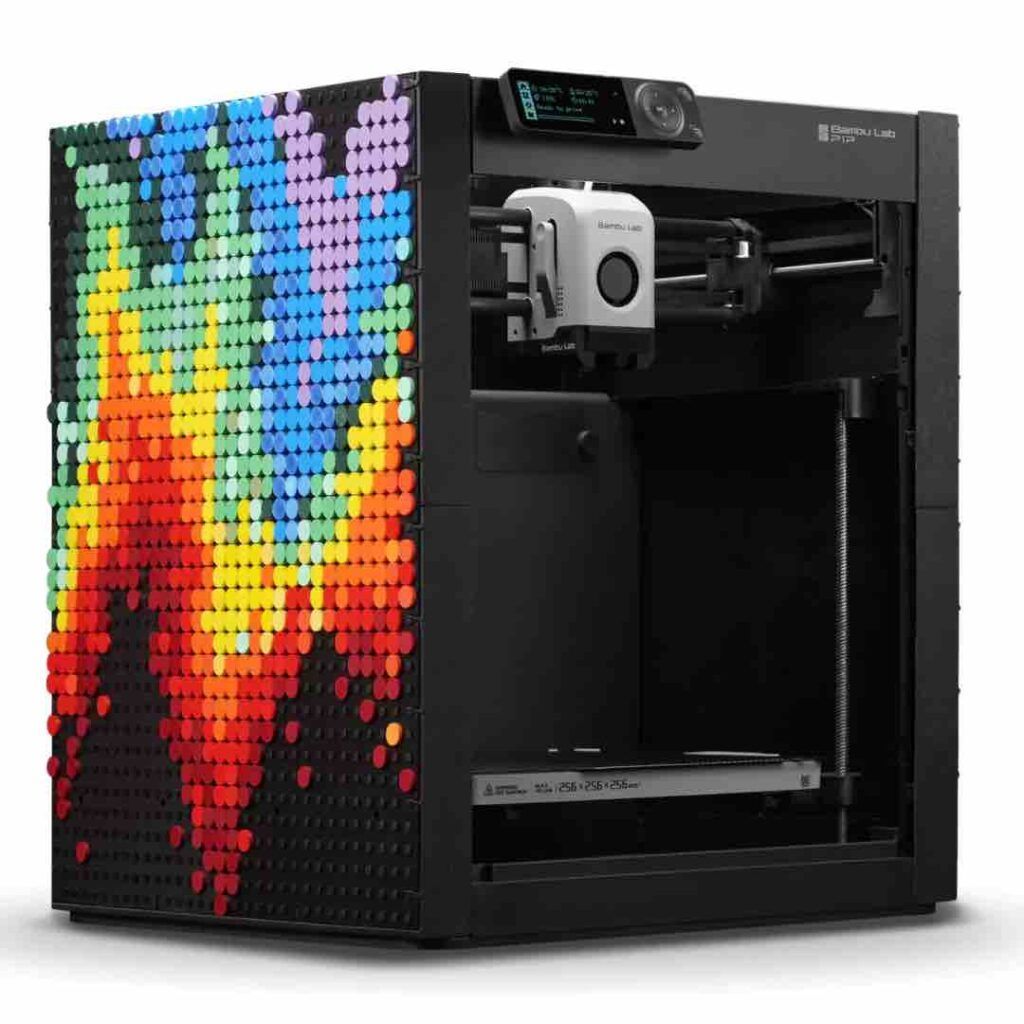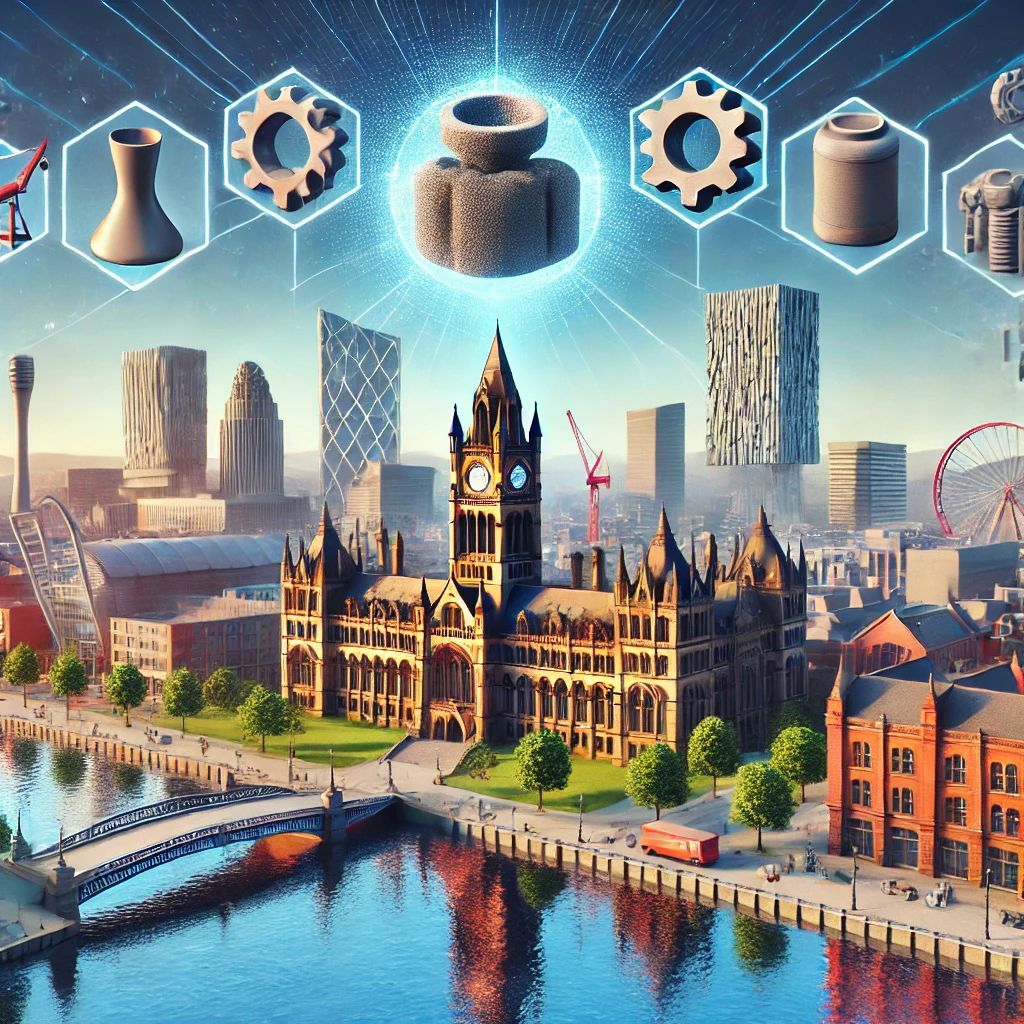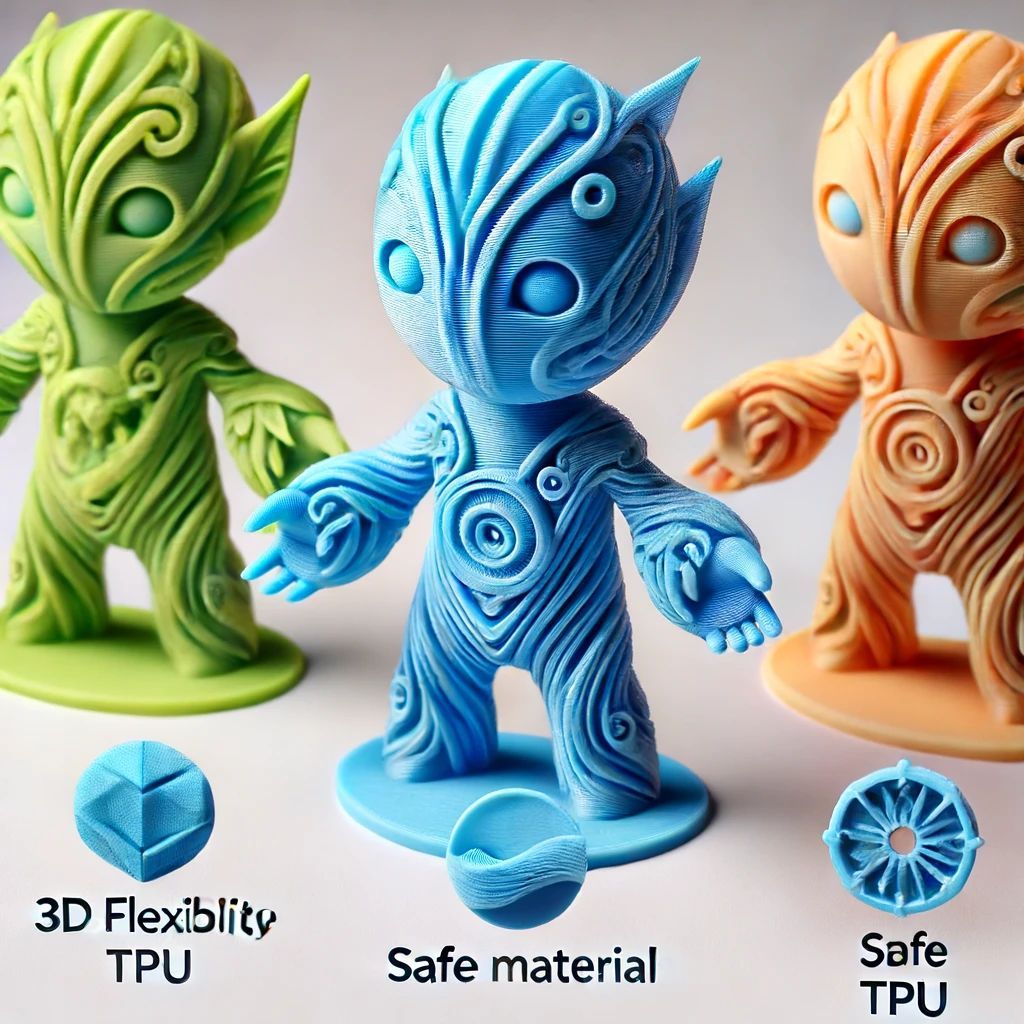Household 3D Prints

3D printing has revolutionized the way we create and innovate within the confines of our homes. In this article, we'll delve into the world of household 3D prints, exploring how this technology has become a game-changer for DIY enthusiasts, creators, and innovators alike.
Getting Started with 3D Printing at Home
When embarking on your journey into 3D printing at home, one of the first critical steps is to choose the right 3D printer that suits your specific needs and requirements. The 3D printer market offers a diverse range of options, each with its unique features, capabilities, and price points. This can be a bit overwhelming for newcomers, but fear not - we're here to guide you through the selection process.
Choosing the Right 3D Printer for Your Needs
The selection of a 3D printer is a crucial decision that sets the foundation for your 3D printing experience. To make an informed choice, consider factors like your budget, the types of objects you want to print, and your level of expertise. Here are some key considerations:
1. Budget: Determine how much you're willing to invest in a 3D printer. Entry-level 3D printers are available at a relatively low cost, making them accessible to beginners. However, if you're looking for advanced features and capabilities, be prepared to allocate a higher budget.
2. Printer Type: There are various types of 3D printers, but the most common for home use is Fused Deposition Modeling (FDM) printers. These printers use thermoplastic filaments to create objects layer by layer. Other options, such as Stereolithography (SLA) or Digital Light Processing (DLP) printers, offer high-resolution printing but are often more expensive.
3. Build Volume: Consider the size of the objects you intend to print. The build volume of a 3D printer determines the maximum dimensions of the objects it can create. Make sure it suits your needs.
4. Ease of Use: If you're new to 3D printing, opt for a user-friendly printer with straightforward setup and operation. Some models come with auto-leveling features, making the initial calibration process more accessible.
5. Open or Closed Frame: 3D printers can have either open or closed frames. Open-frame printers are more affordable and allow for easy access to the print, while closed-frame printers provide better temperature stability and safety. Choose the one that aligns with your preferences.
Setting Up Your 3D Printer
Once you've chosen the right 3D printer, it's time to set it up in your workspace. Here's a step-by-step guide to getting your printer ready for action:
1. Unbox and Assemble: Carefully unbox your 3D printer and follow the manufacturer's instructions for assembly. This typically involves attaching the build platform, installing the print head, and connecting the necessary cables.
2. Level the Bed: Proper bed leveling is essential for successful 3D printing. This ensures that the first layer of your prints adheres correctly to the build surface. Most 3D printers come with a leveling guide or software to assist in this process.
3. Install the Software: Depending on the 3D printer you've chosen, you'll need to install the manufacturer's recommended slicing software. Popular options include Cura, PrusaSlicer, and Simplify3D. This software converts your 3D models into instructions that the printer can understand.
4. Calibrate and Test: Calibrate your printer by following the provided instructions. This may involve adjusting settings like print speed, nozzle temperature, and print bed temperature. Once calibrated, perform test prints to ensure everything is functioning correctly.
5. Load Filament: Insert the filament material into the printer's filament holder and feed it into the extruder. Ensure that the filament is properly loaded, as any jams or misfeeds can disrupt your printing.
6. Start Printing: With your 3D printer calibrated and ready, you can start printing your first objects. Select a simple model for your initial print to get a feel for the process.
By following these steps, you'll be well on your way to starting your 3D printing journey at home. As you gain experience, you can explore more advanced settings and experiment with a wide range of 3D printing materials. The world of 3D printing is full of creative opportunities, and with the right printer and setup, you can bring your ideas to life.
Finding and Using 3D Files
The process of discovering and utilizing 3D files is a cornerstone of your journey into the world of household 3D printing. It's akin to having a treasure map leading you to a vault of endless possibilities. Let's dive deeper into this fascinating realm.
Exploring Online 3D File Repositories
Online 3D file repositories are like vast libraries of digital creations waiting to be brought to life. These platforms, such as Thingiverse, MyMiniFactory, and PrusaPrinters, serve as the treasure troves of designs crafted by talented individuals from around the world. As you navigate these repositories, you'll encounter an astonishing diversity of 3D files.
Each repository boasts its own unique charm. Thingiverse, for instance, offers a massive selection of designs, from practical tools to artistic sculptures. MyMiniFactory is renowned for its curated collection of premium-quality designs. PrusaPrinters is the go-to platform if you're looking for models optimized for Prusa printers.
The wealth of 3D files available is staggering. Whether you're interested in creating functional items, decorative pieces, or intricate gadgets, you're bound to find designs that pique your curiosity. The search filters and categorization on these platforms make it a breeze to discover designs that align with your interests and project ideas.
Downloading and Customizing 3D Files
Once you've unearthed a 3D file that captures your imagination, the next step is to download it. The process is straightforward and usually entails clicking a "Download" button. Your chosen file will be saved to your device, ready for further exploration.
The beauty of 3D printing lies in its customizability. Many designs are open for modification, allowing you to personalize them according to your vision. Software like Tinkercad and Fusion 360 empowers you to reshape, resize, or embellish these 3D models to suit your preferences. It's akin to taking an existing map and adding your own landmarks, making the journey uniquely yours.
Preparing 3D Files for Printing
Before your 3D printer can bring a digital design to life, you need to prepare the 3D file for printing. This entails a process known as slicing, where you transform the 3D model into a set of instructions that the printer can follow. This involves defining parameters such as layer height, infill density, and print speed.
Slicing software like Cura and PrusaSlicer simplifies this process, providing you with an interface where you can fine-tune these settings. You can choose the level of detail, the strength of the object, and the time it takes to print. It's akin to deciding the route, speed, and vehicle for your journey, ensuring your final creation aligns with your expectations.
The realm of finding and using 3D files is a treasure hunt of creativity and innovation. These online repositories serve as your portals to a world of digital designs, and with the right tools and vision, you can transform these files into tangible, personalized objects that enrich your household and spark your imagination.
3D Printer Ideas for Household Applications
When it comes to 3D printing in your home, the range of possibilities is astonishing. You can embark on a creative journey to enhance your living space and daily life with unique, customized items. Here, we'll delve into a myriad of 3D printer ideas that cater to various interests and needs.
1. Home Decor and Custom Furniture
3D printing offers a fantastic avenue for personalizing your living space. Consider creating custom home decor items such as decorative vases, lampshades, or wall art. With the ability to choose from various colors and materials, you can match these pieces to your existing interior design or craft something entirely unique.
For those looking to make a bold statement, experiment with avant-garde furniture designs. 3D printing allows you to craft one-of-a-kind chairs, tables, or shelving units. The flexibility in design and material choices means you can adapt your furniture to suit your comfort and style preferences perfectly.
2. Practical Household Items
Beyond aesthetics, 3D printing excels in producing practical, everyday items. You can design and print a multitude of kitchen gadgets and utensils, such as custom spatulas, drawer organizers, or even cookie cutters shaped like your favorite characters. These items can be tailored to your specific needs, making your daily routines more efficient and enjoyable.
Think about enhancing your home office with 3D-printed desk organizers, cable management solutions, or pen holders. The beauty of this is that you can design these items to match your personal style or even reflect your favorite pop culture themes.
3. DIY Projects for Hobbyists
If you're an avid DIY enthusiast, 3D printing opens up a world of exciting projects. Consider building your own RC drones or custom robot kits. With 3D-printed components, you can create drones that soar through the sky with agility or robots that perform unique tasks.
Another engaging avenue is board game customization. Craft your own board games or modify existing ones with 3D-printed tokens, figurines, and game pieces. This not only allows you to tailor your gaming experience but also adds a unique, personal touch to your game nights.
4. Personalized Gifts
One of the most heartfelt uses of 3D printing is creating personalized gifts for your loved ones. You can design and craft unique jewelry pieces, figurines, or miniatures that carry sentimental value. Imagine giving someone a 3D-printed pendant with their name or a figurine that represents a shared memory.
For special occasions like birthdays or anniversaries, 3D printing enables you to create custom gifts that stand out. The thought and effort put into designing and producing a personalized gift with your 3D printer can make the gesture even more meaningful.
5. Replacement Parts and Repairs
3D printing also comes to the rescue when household items break or need replacement parts. Instead of searching for elusive spare parts or spending money on a new product, you can design and print the needed components. This sustainable approach not only saves you money but also reduces waste and contributes to a more eco-friendly lifestyle.
Household 3D printing is a gateway to limitless creativity and practical solutions. Whether you want to beautify your living space, improve daily life, indulge in DIY projects, create personalized gifts, or be resourceful with repairs, your 3D printer is a versatile tool ready to bring your ideas to life. As you explore these diverse possibilities, your 3D printer will undoubtedly become an indispensable companion in your creative journey.
Advanced 3D Printing Techniques
As you gain experience with 3D printing, you can explore advanced techniques. Multicolor and multi-material printing open up new creative avenues. Troubleshooting common issues, like layer adhesion or warping, becomes easier with practice. To achieve professional-quality prints, you'll want to fine-tune settings, such as layer height and print speed.
The Future of Household 3D Printing:
The future of household 3D printing is an exciting landscape filled with promise and innovation. As technology continues to advance at a rapid pace, the potential for 3D printing within our homes is limitless. Let's take a closer look at what we can expect in the years to come.
One of the most significant developments on the horizon is the growing accessibility of 3D printers. As the technology matures, we can anticipate more affordable and user-friendly 3D printers becoming available. This means that more individuals, regardless of their technical background, will be able to bring 3D printing into their daily lives.
Emerging trends in 3D printing are also pushing the boundaries of what we can create. Bioprinting, for example, is a field that holds immense promise. Researchers are exploring ways to print biological tissues and organs, potentially revolutionizing healthcare. Imagine a future where customized, 3D-printed organs become a reality, saving lives and improving the quality of healthcare worldwide.
Additionally, metal 3D printing is gaining traction. This technology enables the creation of intricate metal components with high precision. As metal 3D printing becomes more accessible, industries such as aerospace, automotive, and engineering will benefit from the ability to produce complex, lightweight, and durable parts more efficiently.
The range of printable materials is expanding as well. In the future, we may see innovations in printable materials, from biodegradable options to conductive materials, opening up new possibilities for 3D printing applications. These materials will pave the way for more sustainable and functional creations.
Another exciting prospect is the convergence of 3D printing with augmented reality (AR) and virtual reality (VR). This fusion will allow users to design and visualize 3D models in a more immersive and intuitive way. Designing in virtual environments and seamlessly transitioning to 3D printing will become a seamless process, making 3D printing more accessible to a broader audience.
The concept of distributed manufacturing is also worth mentioning. In the future, we may witness a shift away from centralized production to more localized, on-demand manufacturing. 3D printing will play a central role in this transition, allowing consumers to create products when and where they need them, reducing waste and transportation costs.
Overall, the future of household 3D printing is bright and full of potential. The technology is evolving rapidly, becoming more accessible, versatile, and impactful. As we move forward, we can look forward to a world where 3D printing transforms the way we live, create, and innovate, bringing unprecedented opportunities and possibilities right into our homes.
Conclusion
Household 3D printing has transformed the way we approach creativity and innovation within our homes. With the right tools and knowledge, you can turn your ideas into tangible, personalized objects. The world of additive printing is a realm of endless possibilities, and it's up to you to explore and create.
FAQs:
Is 3D printing at home expensive?
3D printing can be affordable, with budget-friendly printers available. The cost primarily depends on the materials used and the complexity of your projects.
Are there any safety concerns with 3D printing?
Safety is important. Ensure proper ventilation in your workspace, and handle materials with care to mitigate potential risks.
Can I sell items I 3D print at home?
Yes, you can sell items you create with your 3D printer, but be aware of copyright and licensing issues when selling designs you didn't create.
What are some practical household uses for 3D printing?
You can create custom organizers, kitchen gadgets, replacement parts, and even personalized home decor.
Is 3D printing suitable for beginners with no prior experience?
Yes, many 3D printers designed for beginners are user-friendly and come with tutorials to help you get started.












